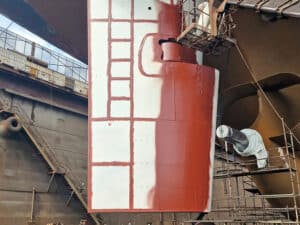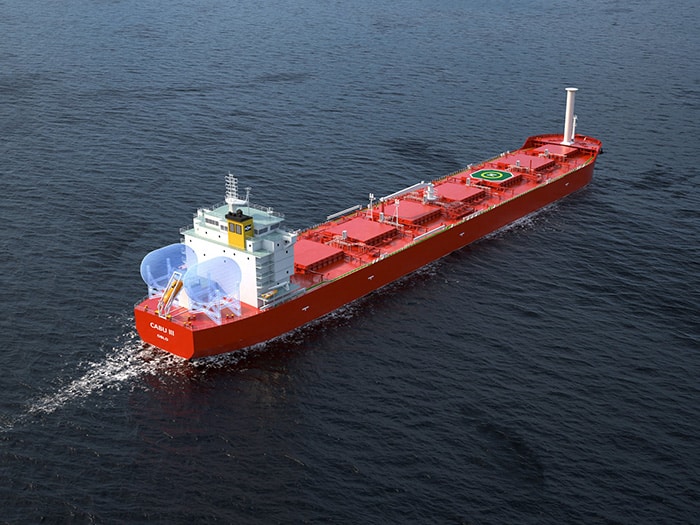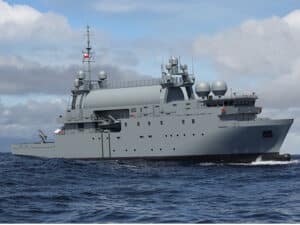
Klaveness in LOI for third-generation combination carrier trio
Written by Nick Blenkey
Energy-savings measures on new CEBU combination carriers will include wind-assisted propulsion
By eliminating unladen voyages by single-purpose tankers and dry bulkers, combination carriers already deliver major energy savings. Now Oslo-headquartered Klaveness Combination Carriers (KCC) says that these can be increased. Through a subsidiary, it has entered into a Letter of Intent (LOI) with China’s Jiangsu New Yangzi Shipbuilding Co. Ltd (YZJ) for construction of three third -generation CABU III vessels for delivery in between the first and third quarters of 2026.
It says the third-generation vessels will deliver an estimated 35% reduction in carbon footprint compared with the first-generation CABU vessels, built between 2001 and 2007, that they will replace.
KCC owns and operates eight CABU and eight CLEANBU combination carriers. Built for the transportation of both wet and dry bulk cargoes, they operated in trades where they efficiently combine dry and wet cargoes with minimum ballast, emit up to 40% less CO2 per transported ton compared to standard tanker and dry bulk vessels when operating in current and targeted combination trading patterns. (More on the combination carrier concept HERE).
The CABUs are from 72,500 DWT up to 80,500 DWT and and can transport caustic soda solution (CSS), floating fertilizer (UAN) and molasses as well as all types of dry bulk commodities.The CLEANBUs are 82,500 DWT and are both full fledged LR1 product tankers and Kamsarmax bulk carriers transporting clean petroleum products (CPP), heavy liquid cargoes as CSS as well as all types of dry bulk products.
KCC says that in the trades where the CABU fleet ships caustic soda into Australia and various dry bulk commodities out of Australia, the CABU III newbuilds will offer an estimated 50-60% lower carbon emission per ton transported than standard dry bulk and tanker vessels.
The new vessels will have around 10% higher cargo carrying capacity and the fuel consumption is estimated to be 30% lower than the first-generation CABUs, achieved through an optimized design and the installation of several energy efficiency measures that have been partly tested out on KCC’s current fleet in recent years.
Additionally, KCC plans to install wind-assisted propulsion on the CABU III newbuilds and says that they will be “prepared for a later time- and cost-effective conversion to burning zero-emission fuels,” offering its customers a pathway to zero-emission freight.
“The new CABU III vessels will introduce a new era of carbon efficiency in KCC’s Australia trade,” said KCC CEO Engebret Dahm. “These newbuilds are key for positioning KCC for expected growing caustic soda import volumes to Australia and for meeting its ambitious targets of an approximately 45% reduction in its carbon intensity within 2030 relative to its actual 2018 performance.”




